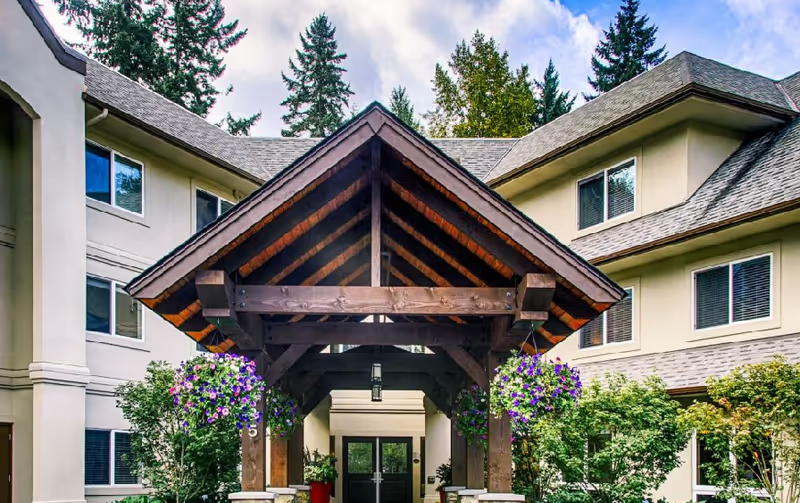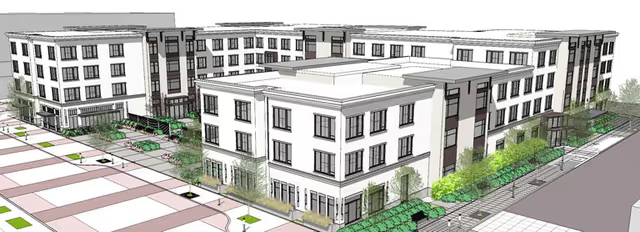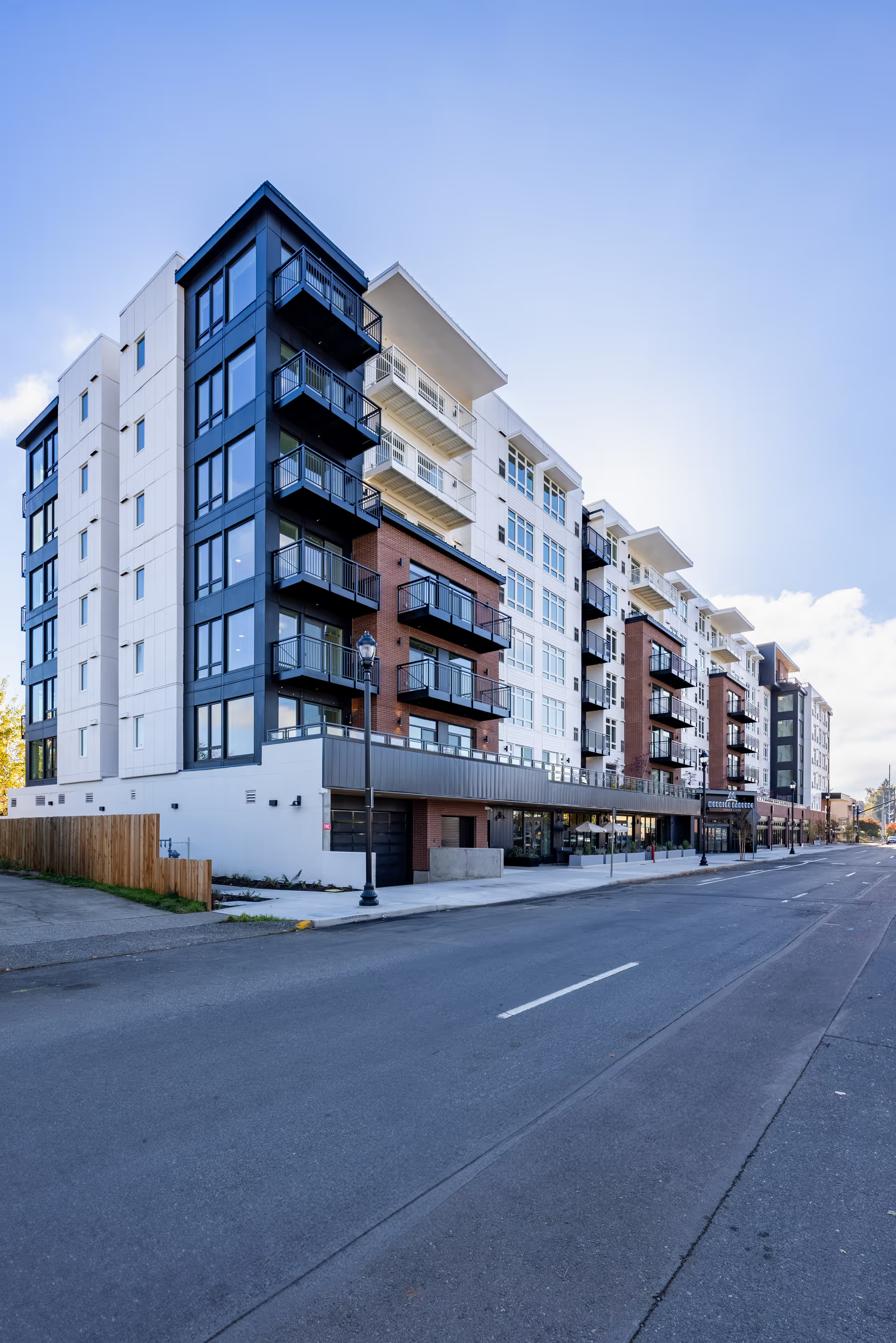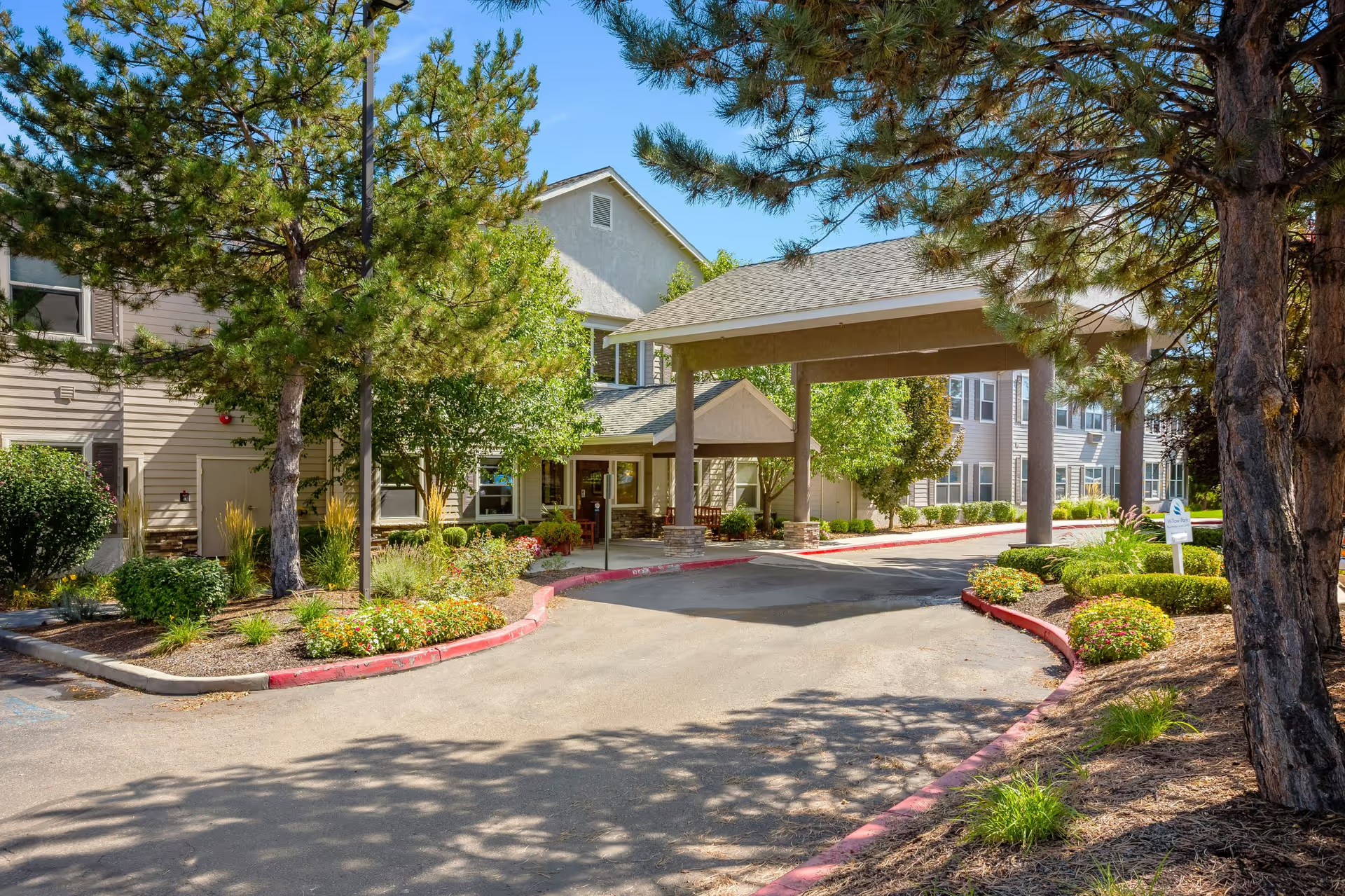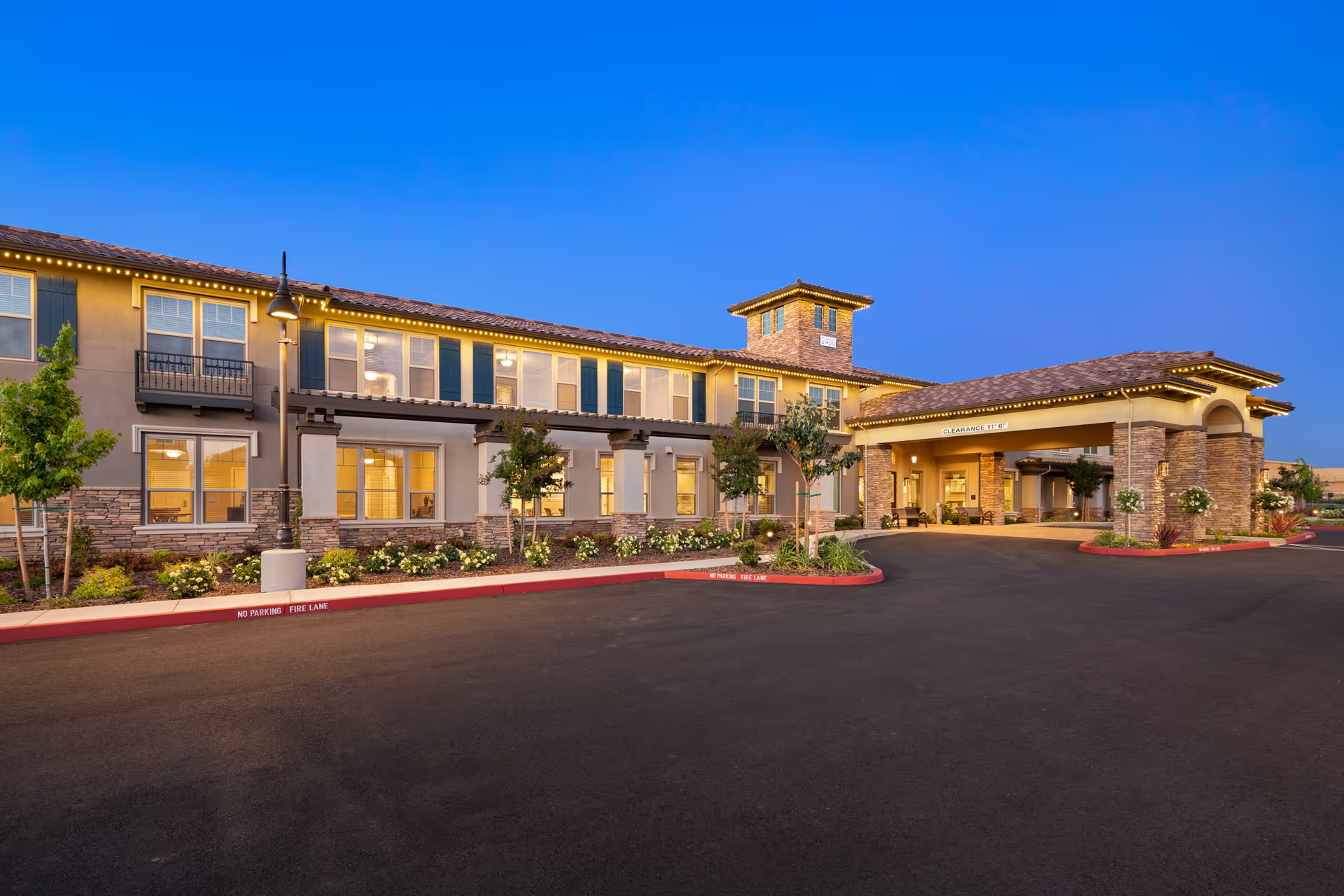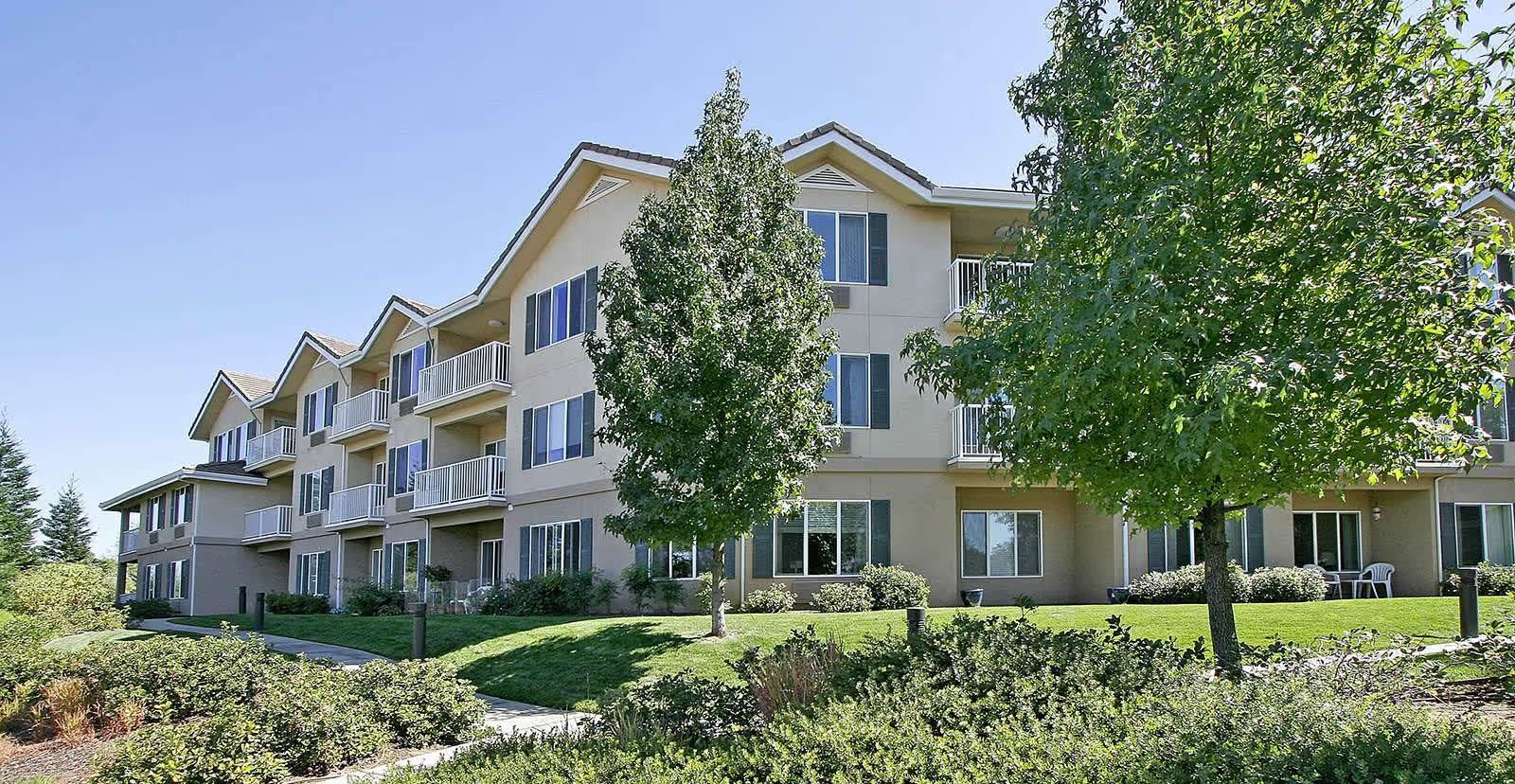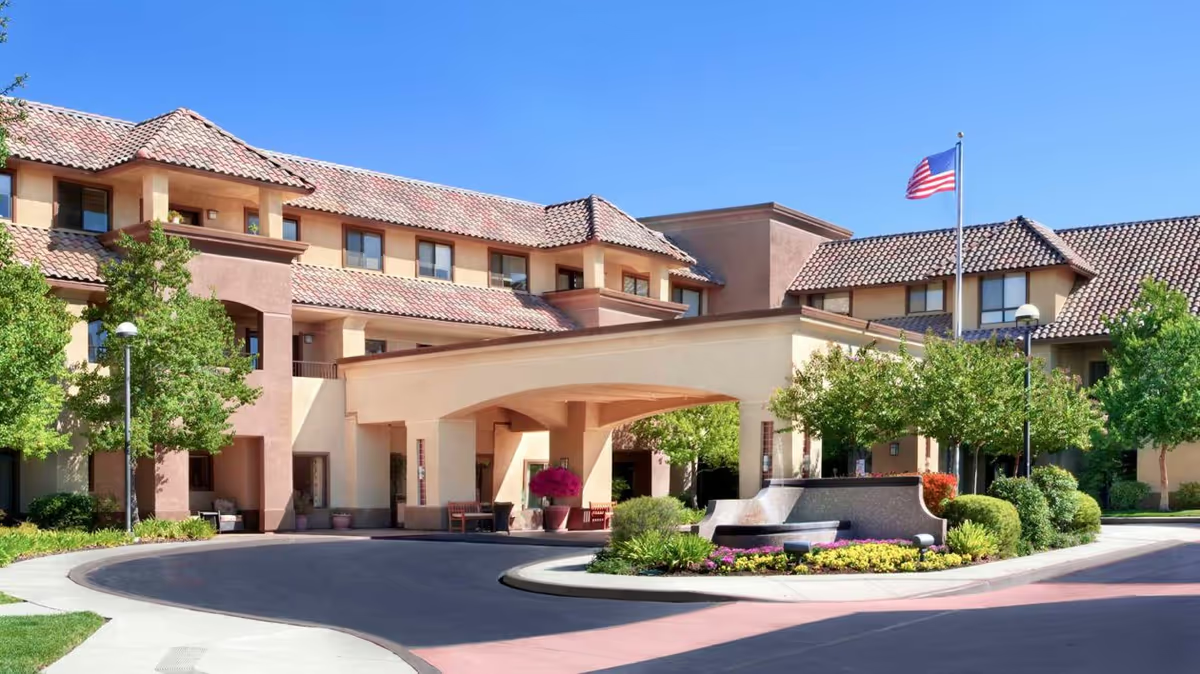Overall sentiment in these reviews is highly mixed and polarized: many families and residents praise The Cottages of Lynnwood for its intimate, cottage-style layout, warm caregiving staff, and peaceful grounds, while a significant subset of reviewers report serious operational problems including neglect, poor management communication, and billing or safety incidents. The strongest and most consistent positive theme is the quality of hands-on caregivers in many cottages — reviewers repeatedly describe staff as warm, caring, attentive, and capable of forming family-like relationships with residents. Several accounts highlight long-tenured caregivers and a small household model (often 10–14 residents per cottage) that supports individualized attention, reduced illness spread, private gardens, walking paths, and a calm, home-like atmosphere. The facility’s cottage concept, renovated interiors in some units, bay or angle-window rooms, and a 24-hour nursing presence are often cited as strengths, along with engaging activities (music, art, bus outings) and helpful admissions personnel who make transitions smoother.
However, alongside these positives are recurrent and serious negative patterns. Many reviewers document high staff turnover, especially after ownership changes, with consequent gaps in caregiver training and trust in leadership. Communication problems between on-site caregivers and corporate/head office are frequently mentioned, as are maintenance and work-order delays. Multiple reviews describe hygiene and care failures ranging from missed showers and soiled clothing to medication mishaps and missed antibiotics. There are reports of missing personal items and theft in some instances, and a few reviewers mention alarming safety or emergency-response failures. These incidents contribute to a common refrain: care quality can vary widely by cottage and by caregiver, and some families experienced rapid declines after initially positive impressions.
Dining and housekeeping evoke strong disagreement across reviews. Several families praise home-cooked meals and a pleasant dining environment, while others report bland, cold, nutritionally poor food that led to weight loss. Housekeeping and laundry delivery are also inconsistent in accounts — some reviews say rooms are very clean and well-maintained, while others report sticky bathroom floors, carpet stains, and unclean clothing. Showering policies are a recurring pain point: many cottages use community or scheduled showers rather than private in-room showers, and some families object to limited bathing frequency or pay-per-shower arrangements. Renovations are ongoing in parts of the campus; while updated cottages receive praise, construction noise and temporary kitchen setups have inconvenienced residents in some reports.
Management, transparency, and financial concerns appear frequently. Multiple reviewers describe billing discrepancies, unexpected monthly charges, slow or missing refunds, and price misquotes during admission. Several note that the community has not accepted Medicaid for years and that there is a sizable community fee. Complaints about leadership include a perceived lack of responsiveness to feedback, deception about room moves or amenities, and distrust toward new executive leadership after ownership transitions. Positive leadership experiences are also reported, however: some families single out directors and admissions staff (by name in a few cases) for excellent, compassionate support during difficult times.
Activity programming and social life are strengths in many households but uneven across the campus. Numerous reviews highlight lively memory-care cottages with daily activities, music, crafts, and excursions; volunteers and family engagement are also praised. Conversely, other cottages are described as having minimal activities, residents watching TV most of the day, and prolonged vacancies in the activities director role. Staffing patterns tie into this variability: when staffing is stable and experienced, cottages tend to thrive; when turnover and training gaps occur, programming and day-to-day care suffer.
Safety and clinical care are mixed: many reviewers appreciate on-site nursing, medication monitoring, and responsiveness from some nurses and med techs, while a notable subset report medication errors, missed communications with external providers (including VA drug delivery problems), catheter-care lapses causing UTIs, and missed emergency responses. These clinical issues underscore the importance of verifying current staffing, nurse coverage, and incident history when considering placement.
In sum, The Cottages of Lynnwood offers a compelling model for families seeking a small, home-like memory care or assisted-living environment with personalized attention, inviting outdoor space, and many compassionate caregivers. At the same time, the community shows significant variability in execution: management communication, staff stability, cleanliness and laundry, dining quality, showering policies, billing transparency, and medical reliability are recurring concerns. Prospective families should weigh the strong positive reports of individualized, loving care against the documented negative incidents; recommended due diligence includes touring multiple cottages during different shifts, asking about recent staffing turnover and training procedures, reviewing incident and medication error histories, confirming showering and hygiene protocols, getting written details on fees and billing, and talking with current residents’ families about responsiveness to maintenance and care complaints. For the right resident—particularly someone who benefits from a small, social memory-care household and stable caregiving staff—the Cottages can be an excellent fit, but families should confirm current management practices and staff consistency before committing.
